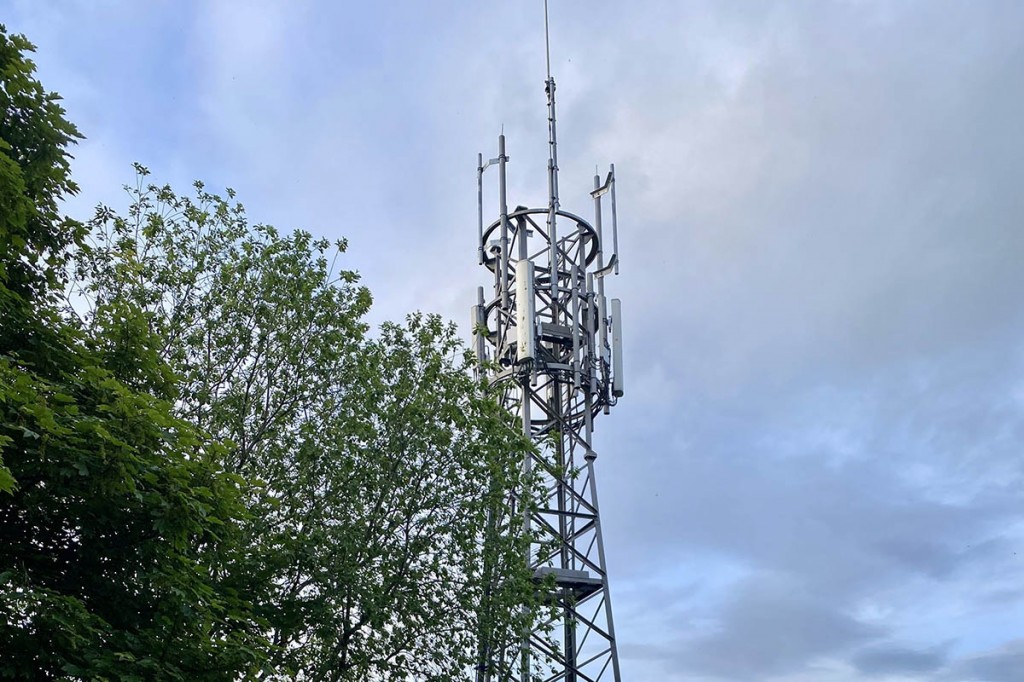National park bosses in the Yorkshire Dales are urging mobile phone mast operators to switch on those that it has already approved.
The national park authority said many masts approved in the past few years are yet to become operational.
It said, over the past five years, it has given consent for almost 40 new mobile phone masts, which should provide much improved coverage for residents, local businesses and visitors, and a boost to the economy of the area.
Richard Foster, member champion for sustainable development at the Yorkshire Dales National Park Authority, said: “It’s great the infrastructure is being put in place, but a bit frustrating that we’re yet to see the benefits of increased coverage.
“The schemes we have already approved will significantly improve connectivity right across the national park.”
These have included applications on behalf of two Government-backed projects. The emergency services network critical communications system aims to replace old telecoms masts with new ones that can also be used by commercial networks. The shared rural network scheme seeks to deliver reliable mobile broadband, improving 4G coverage to 95 per cent of the UK and 74 per cent of national parks, including some of the more remote areas of the Yorkshire Dales.
Mr Foster said: “We are now receiving applications for masts in some of our most remote and beautiful locations. It’s not easy to find the right locations, balancing the need to improve coverage with the need to conserve and enhance the remarkable natural beauty of the Yorkshire Dales national park.
“We will continue to listen to the differing views of local residents, businesses, farmers and landowners and work closely with the operators to try to ensure masts being proposed are appropriate for their locations and worthwhile in terms of the additional coverage they’ll be providing for people.
“In the meantime, we would hope that the many masts that we have already approved will be made operational as soon as possible, so the benefit of improved connectivity in the national park can start to be felt by those who need it most.”
